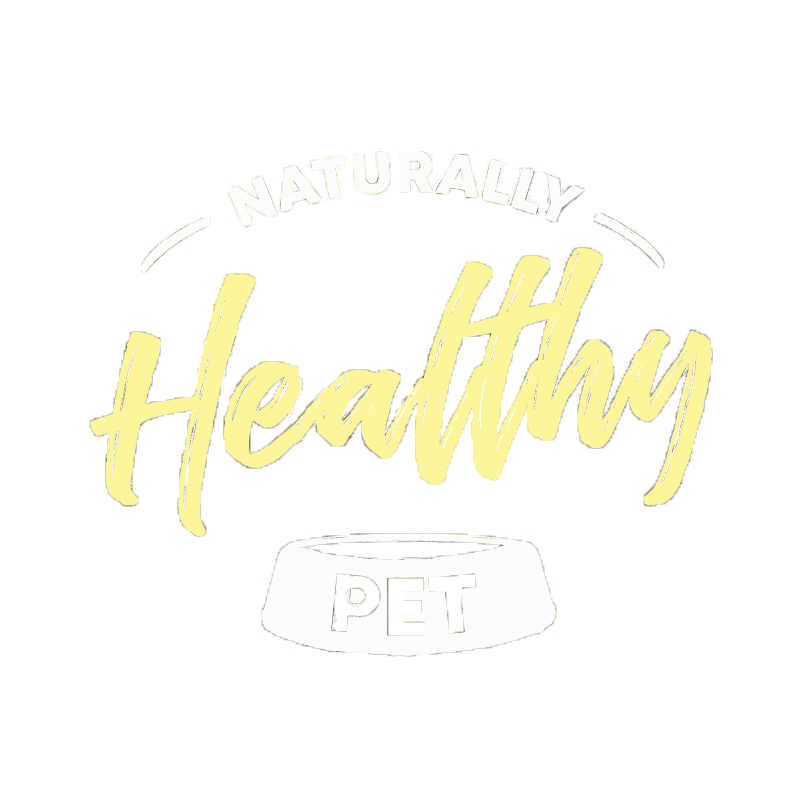Credits – Tom Lonsdale DVM
So, Should Kibble be Mixed with Raw ?
The short answer is No, the long answer follows.
In a perfect world, no dog would be subjected to eating carbohydrate laden, enzyme-less, dead and nutrient deficient kibble. They’d be eating the nutrient rich, moisture drenched, whole carcasses of animals such as deer, rabbit and pheasant etc., or the next best thing, raw meaty bones.
Kibble (all of it) contains carbohydrate either in the form of grains (wheat, rice, oatmeal etc.) or starches (potato, pea). According to the “guaranteed analysis” of Orijen’s Regional Red Meat, it contains a maximum of 22% carbohydrate. With Orijen considered a “premium” brand, I think it’s safe to say that most kibble on the market contains at least 25% carbohydrate.
Of Dogs and Carbohydrate We know that . . . “There is no known minimum dietary carbohydrate requirement for either the dog or the cat. Based on investigations in the dog and with other species it is likely that dogs and cats can be maintained without carbohydrates if the diet supplies enough fat or protein (editors note: raw meaty bones) from which the metabolic requirement for glucose is derived.”
– The Waltham Book of Dog & Cat Nutrition, 2nd Edition (1988)
and….. “Dogs experience digestive and metabolic limitations to high grain diets, which reflect their evolution on diets relatively low in soluble carbohydrates”– (Clarke et al. 1990, Kronfeld 1973, Sprouse et al. 1987, White et al. 1993.)
and From Dr. Tom Lonsdale’s book Raw Meaty Bones Promote Health
“Dogs have little evolved need forcarbohydrates and cats have no need for this source of energy. Consequently these species produce low levels of digestive enzymes required to deal with the high starch content. So right out of the gate mixing kibble with raw, or even feeding kibble at all for that matter, doesn’t seem like such a great idea.”
A Couple of Reasons Why You May Not Want to Feed Kibble and Raw Concurrently:
A dog’s digestive system is short (compared to omnivores and herbivores) and is designed for the quick transit though of raw meat (sometimes rotting) and bone.
A short digestive system along with a highly acidic stomach means that potentially harmful bacteria (salmonella & E coli) and other microbes have little time to take up residence and proliferate and cause health problems for the dog.
A much longer digestive tract like those found in omnivores and herbivores is required to ferment and digest carbohydrate.
It would seem logical that since carbohydrate laden kibble contains no live enzymes to assist in digestion, that digestion would be more difficult as compared to a strictly raw meat and bone meal, and that the digestion of kibble would require more time.
Slower motility of the mixed kibble/raw meal through a dog’s GI tract would increase the length of time that pathogens could take hold along the dog’s GI tract, thereby increasing the risk of illness to the dog. It also seems logical that eating an enzyme-less, dead kibble would require a dog’s pancreas to work harder in order to produce more digestive enzymes to digest the excessive carbohydrates contained in the kibble, and perhaps lead to diabetes or pancreatic insufficiency later in the dog’s life.
“Slowly or poorly digested material tends to damage the bowel lining.” – Raw Meaty Bones Promote Health
“Damage can occur by direct physical or chemical action of the food on the bowel. More commonly the damage is due to a change in the resident population of bacteria as a result of the poorly digested material. Harmful bacteria and their toxins affect the lining of the bowel, and if absorbed into the blood stream are harmful to other organs. With an increase in harmful bacteria there is a corresponding decrease in helpful bacteria.”– Raw Meaty Bones Promote Health
Why Not Feed Kibble AND Raw ?





